Product Name: Aluminum Forging
Product Type: Metal Forging
Material: Aluminum
Shape: Customized
Surface Treatment: Anodizing, Powder Coating, Spray Painting, Polishing
Production Process: Die Casting, Press Forging
Advantages:
1. High strength-to-weight ratio
2. Superior mechanical properties
3. Enhanced resistance to fatigue and wear
4. Tight dimensional tolerances
5. Cost-effective production
| Color | Silver |
|---|---|
| Material | Aluminum |
| MOQ | 1 Pcs |
| Sample | Available |
| Place of Origin | China |
Product Details
MINGYU Tech is a globally renowned aluminum angle extrusion profiles manufacturer. Our company specializes in high-volume production of extruded parts for automotive, aerospace and other industrial applications. We have a fully integrated manufacturing process from design and engineering to finishing and packaging for efficient and cost-effective production. With its focus on innovation and quality control, MINGYU Tech has become the preferred supplier to many top companies around the world.
One of the main advantages of aluminum angle extrusion profiles is that it allows for complex shapes and designs to be created with a high degree of precision. This makes it a popular choice for the production of a wide range of products, including architectural frames, automotive parts, and household items.
In addition to its versatility, aluminum angle extrusion profiles offers numerous other benefits. It is a highly cost-effective manufacturing method, as the extrusion process is relatively fast, and the material is easily recyclable. Extruded aluminum products also have excellent corrosion resistance and a high strength-to-weight ratio, making them suitable for use in various environments and industries.
| Brand | MINGYU TechMINGYU Tech |
| Original | China |
| Capacity | 1623Ton/Month |
| Thickness | 0.4mm and above, or Customized |
| Length | 2-6.5Meter |
| Hardness | >=8HW |
| Color | Silver,White,Black,Grey,Bronze,Champagne,Wood and any as requested |
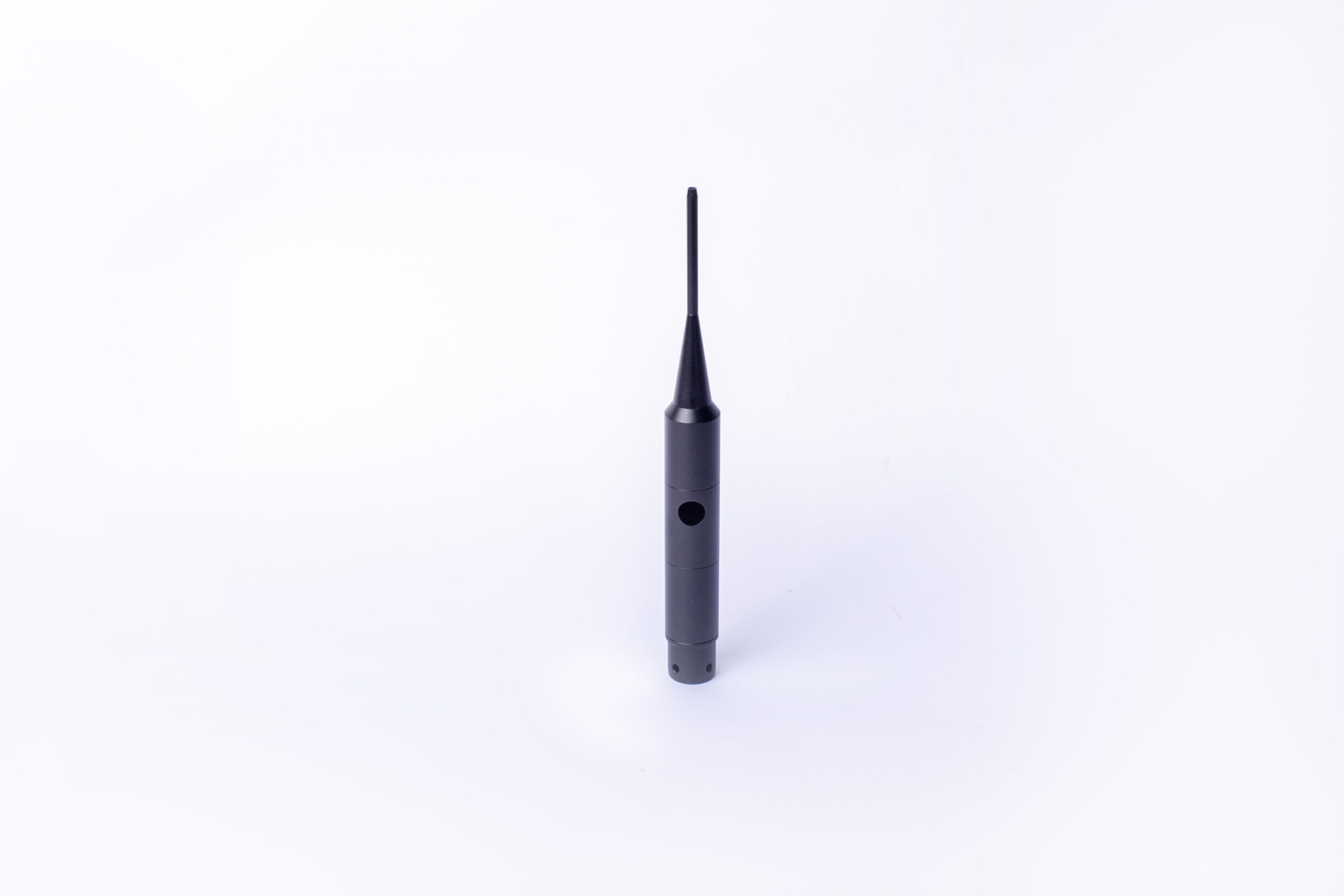
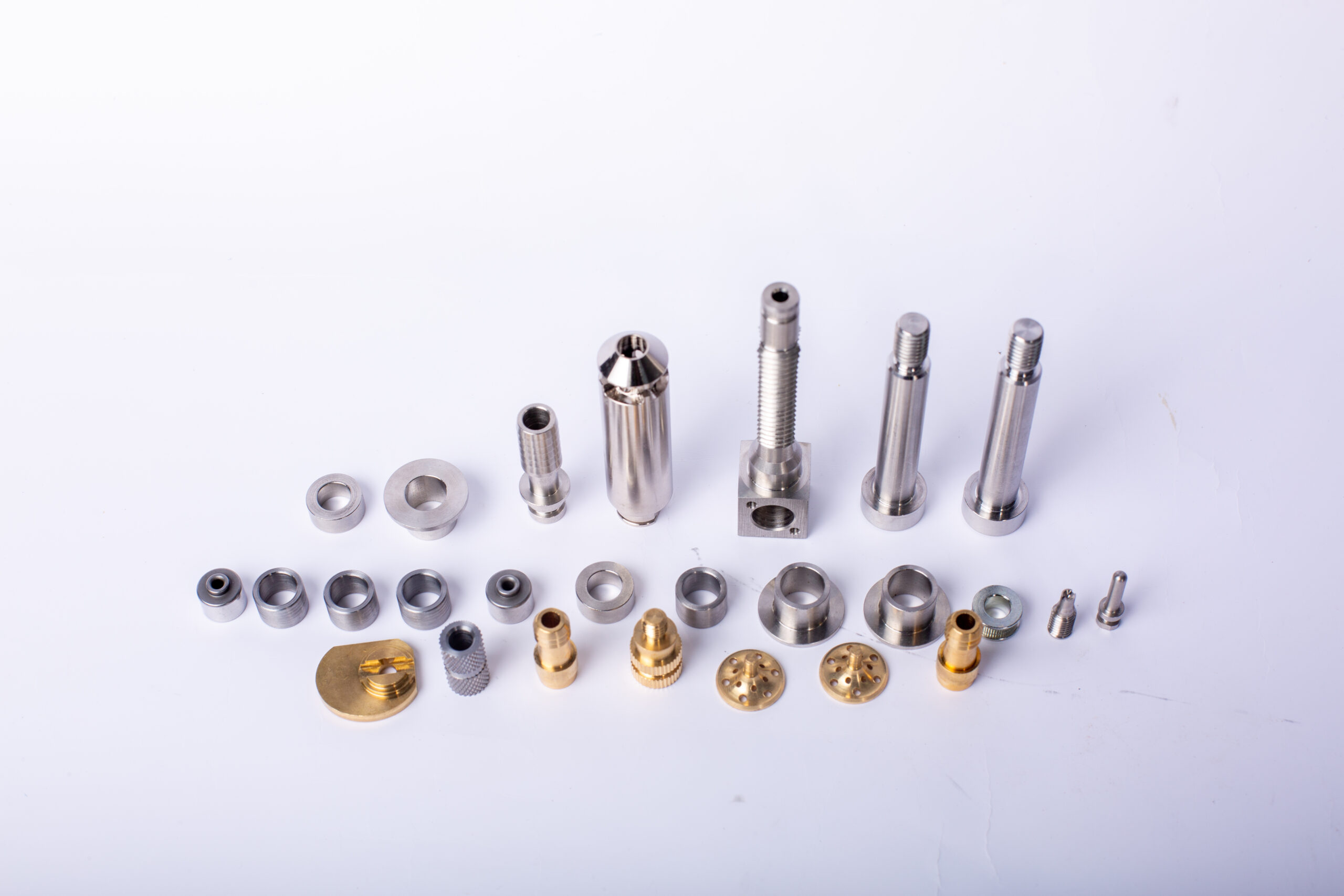
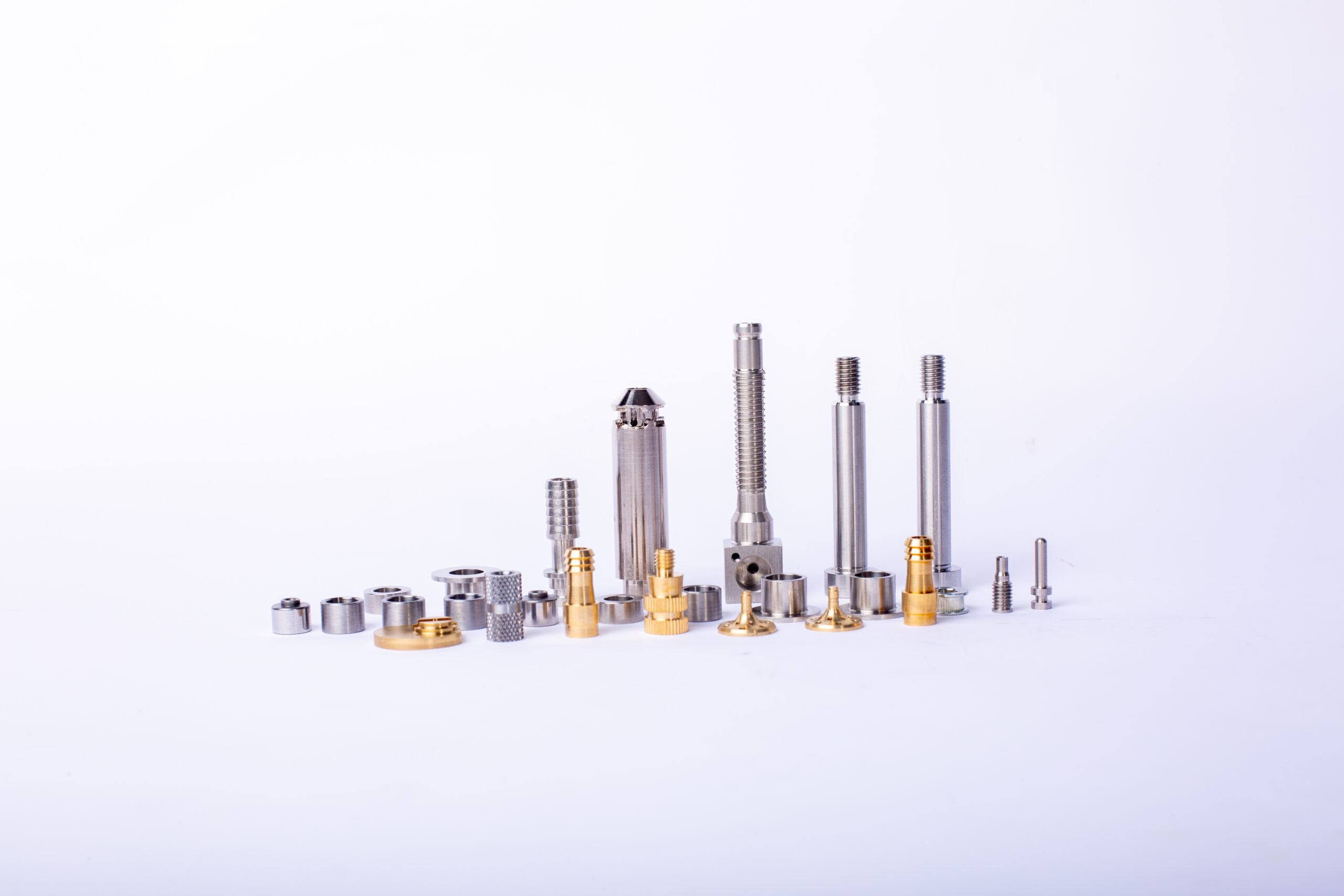
aluminum angle extrusion profiles FAQs Guide.
In this guide, we will provide you with all the information you need to know about our top-quality aluminum angle extrusion profiles and how they can benefit you and your projects. With extensive experience in the industry, our products are trusted by professionals and DIY enthusiasts alike. From industrial applications to home improvement projects, our aluminum angle extrusion profiles offer durability, versatility, and customization options to meet all your needs. Read on to discover more about our aluminum angle extrusion profiles products and why they should be your top choice.
1.What is the typical tolerance level for aluminum angle extrusion profiles?
We focus on teamwork and communication to achieve common goals, We attach great importance to this detail.
The typical tolerance level for aluminum extrusion is +/- 0.005 inches per inch of length.
2.What types of profiles are commonly extruded with aluminum?
Common types of profiles extruded with aluminum include: window and door frames, curtain wall frames, structural framing, handrails, fencing, heat sinks, solar panel frames, and automotive components.
3.What is the minimum and maximum wall thickness that can be achieved through aluminum angle extrusion profiles?
We have flexible production capacity. Whether you are large orders or small orders, you can produce and release goods in a timely manner to meet customer needs.
The minimum wall thickness that can be achieved through aluminum extrusion is 0.5mm, while the maximum wall thickness is typically limited to 12mm. However, some aluminum extrusion processes can achieve wall thicknesses up to 25mm.
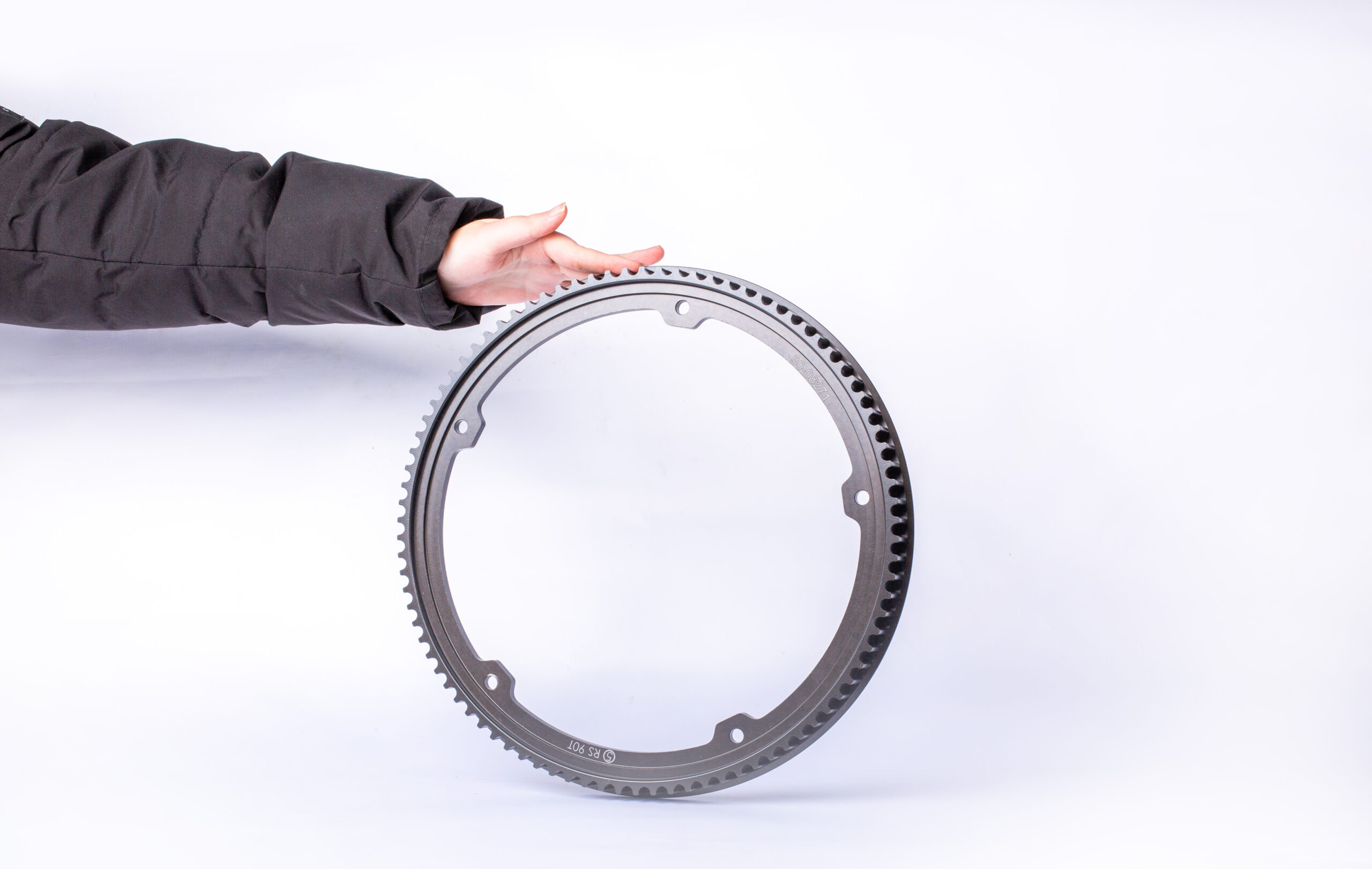
4.What is the difference between standard and custom aluminum angle extrusion profiless?
We have been working hard to improve service quality and meet customer needs.
Standard aluminum extrusions are pre-made shapes and sizes that are available for purchase from a manufacturer. These extrusions are typically used for general purpose applications and are available in a variety of shapes and sizes. Custom aluminum extrusions are made to order and are designed to meet specific customer requirements. These extrusions are typically used for more specialized applications and are not available in standard sizes.
5.What are the typical packaging and shipping methods for aluminum extruded products?
The typical packaging and shipping methods for aluminum extruded products depend on the size and shape of the product. Generally, aluminum extrusions are packaged in bundles, strapped with steel bands, and wrapped in plastic or paper. For larger extrusions, they may be placed on a pallet and shrink-wrapped. For smaller extrusions, they may be placed in boxes or bags. Shipping methods vary depending on the size and weight of the product, but typically include truck, rail, or air freight.
6.How does the selection of alloy affect the strength and properties of the extruded product?
We continue to invest in research and development and continue to launch innovative products.
The selection of alloy affects the strength and properties of the extruded product in a variety of ways. Different alloys have different levels of strength, ductility, and other properties that can affect the performance of the extruded product. For example, some alloys are more resistant to corrosion, while others are more malleable and can be formed into complex shapes. Additionally, the alloy’s composition can affect the thermal properties of the extruded product, such as its melting point and thermal conductivity.

7.Can custom colors be achieved through aluminum angle extrusion profiles?
We are centered on customers and always pay attention to customers’ needs for aluminum angle extrusion profiles products.
Yes, custom colors can be achieved through aluminum extrusion. Depending on the desired color, the aluminum can be anodized, painted, powder coated, or dyed.
8.How does the use of aluminum angle extrusion profiles impact the assembly process of a product?
The use of aluminum extrusion can significantly reduce the amount of time and effort required to assemble a product. Aluminum extrusions are pre-cut and pre-shaped, so they can be quickly and easily connected to other components. This eliminates the need for cutting, drilling, and other labor-intensive processes. Additionally, aluminum extrusions are lightweight and strong, making them ideal for use in products that require a high degree of structural integrity. Finally, aluminum extrusions are corrosion-resistant, so they can be used in a variety of environments without fear of damage.
9.What are the advantages of using aluminum angle extrusion profiles over other manufacturing processes?
Our mission is to provide customers with the best solutions for aluminum angle extrusion profiles.
1. Cost-effectiveness: Aluminum extrusion is a cost-effective process that can produce complex shapes with minimal waste.
2. Versatility: Aluminum extrusion can be used to create a wide variety of shapes and sizes, making it a versatile manufacturing process.
3. Strength: Aluminum extrusion is a strong and durable process that can produce parts with high strength-to-weight ratios.
4. Design Flexibility: Aluminum extrusion allows for a wide range of design possibilities, allowing for complex shapes and intricate details.
5. Speed: Aluminum extrusion is a fast process that can produce parts quickly and efficiently.
6. Recyclability: Aluminum is a recyclable material, making aluminum extrusion an environmentally friendly process.
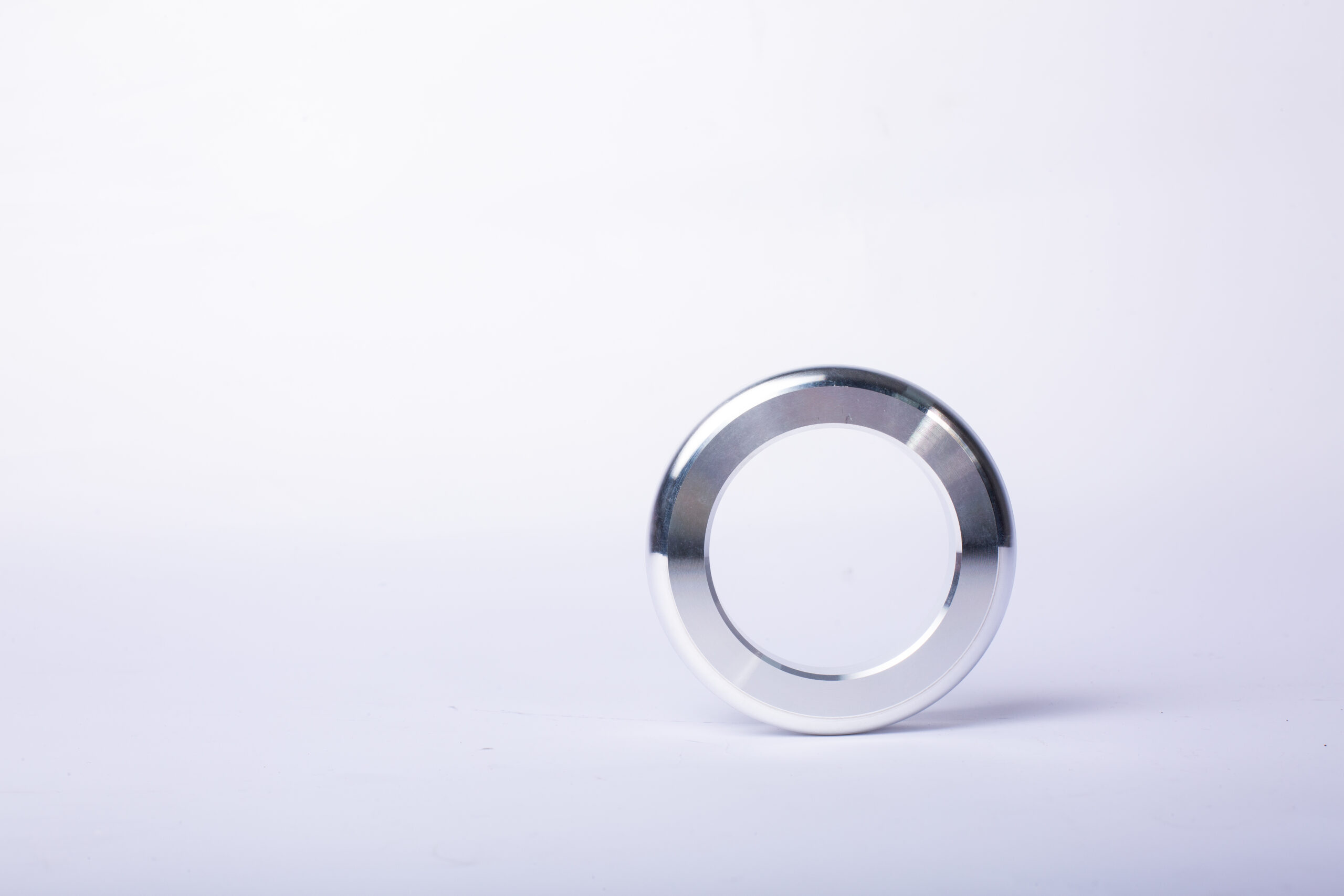
10.What is the difference between hot and cold extrusion?
aluminum angle extrusion profiles is not a product only, but also can help you comes to money-making.
Hot extrusion is a process in which a metal is heated to a temperature above its recrystallization temperature and then forced through a die to form a desired shape. Cold extrusion is a process in which a metal is forced through a die at room temperature or slightly above. Cold extrusion is typically used for softer metals such as aluminum, copper, and brass, while hot extrusion is used for harder metals such as steel and titanium. Hot extrusion is more expensive and time consuming than cold extrusion, but it produces a stronger and more precise product.
11.How does the design of a product impact the extrusion process?
We should have a stable supply chain and logistics capabilities, and provide customers with high -quality, low -priced aluminum angle extrusion profiles products.
The design of a product can have a significant impact on the extrusion process. The shape, size, and complexity of the product will determine the type of extrusion process that is used, as well as the type of tooling and dies that are required. Additionally, the design of the product will determine the amount of material that is needed, the speed of the process, and the amount of time it takes to complete the extrusion process.
12.How does the temperature affect the extrusion process?
We have a first -class management team, and we pay attention to teamwork to achieve common goals.
Temperature has a significant effect on the extrusion process. The temperature of the material being extruded must be kept within a certain range in order for the material to flow properly and be extruded correctly. If the temperature is too low, the material will be too viscous and will not flow properly. If the temperature is too high, the material may become too soft and may not hold its shape. Additionally, the temperature of the die and the barrel must be kept within a certain range in order for the material to be properly extruded. If the temperature is too low, the material may not flow properly and may not be extruded correctly. If the temperature is too high, the material may become too soft and may not hold its shape.
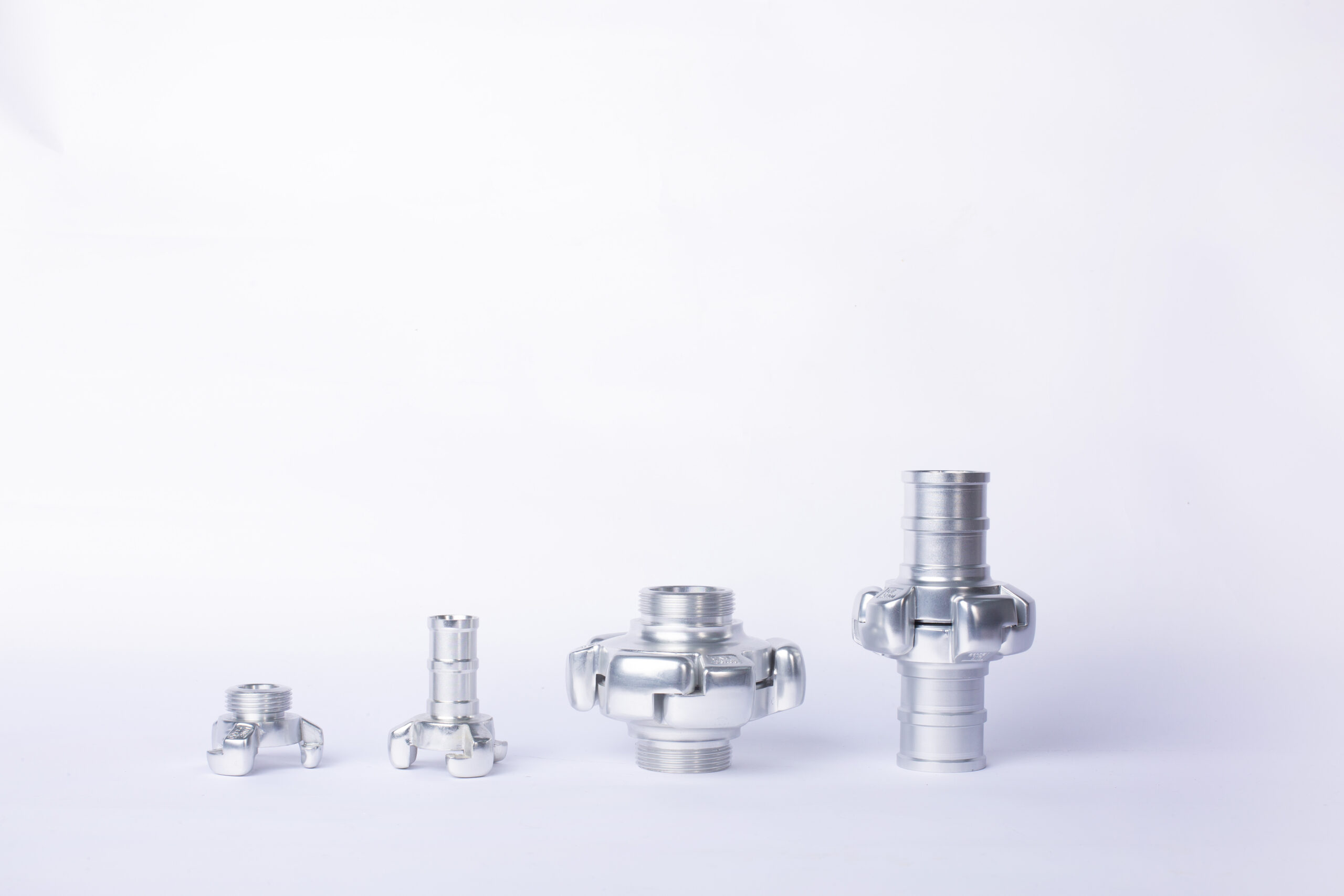
13.What future developments are being made in the field of aluminum angle extrusion profiles?
1. Improved extrusion dies: Advances in die design and manufacturing technology are allowing for the production of more complex shapes and profiles with greater precision.
2. Automation: Automation is being used to increase efficiency and reduce costs in the aluminum extrusion process. Automated systems can be used to control the extrusion process, monitor quality, and reduce scrap.
3. Improved alloys: New alloys are being developed to improve the strength and durability of aluminum extrusions. These alloys can be tailored to specific applications and can provide improved performance in areas such as corrosion resistance, strength, and ductility.
4. Additive manufacturing: Additive manufacturing is being used to create complex shapes and profiles that would be difficult or impossible to produce using traditional extrusion methods. This technology can also be used to reduce waste and improve the efficiency of the extrusion process.
14.What is the maximum number of cavities that can be achieved in an extrusion die?
The maximum number of cavities that can be achieved in an extrusion die depends on the size and shape of the die, as well as the material being extruded. Generally, the maximum number of cavities achievable is between two and four.
Tag:cutting aluminum extrusion with hacksaw,t slot extrusion aluminum,aluminum casting vs extrusion,aluminum extrusions manufacturers,aluminum j channel extrusion
Product Inquiry
We will respond within 12 hours, please pay attention to the email “@163.com” or “@alumforge.com”.
Also, you can go to the Contact Page, which provides a more detailed form, if you have more inquiries for products or would like to obtain OEM service.
Our sales experts will respond within 24 hours, please pay attention to the email with the suffix “@163.com”.